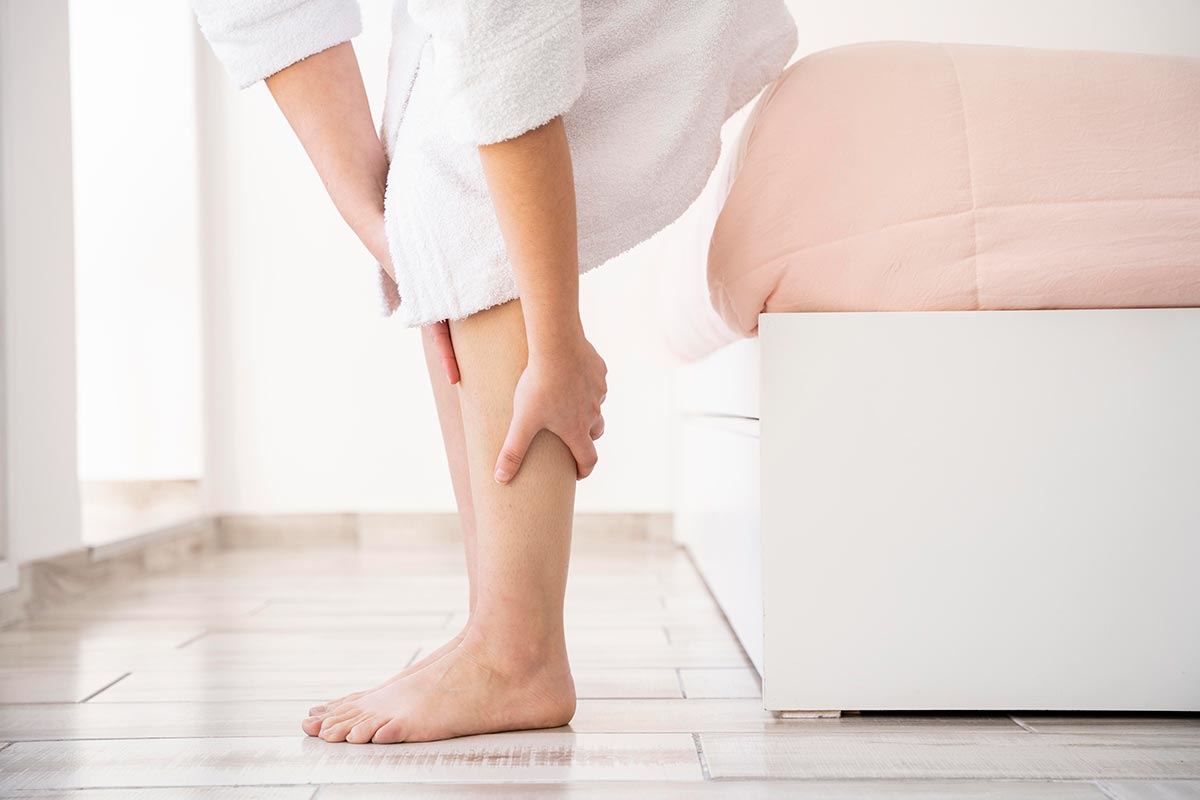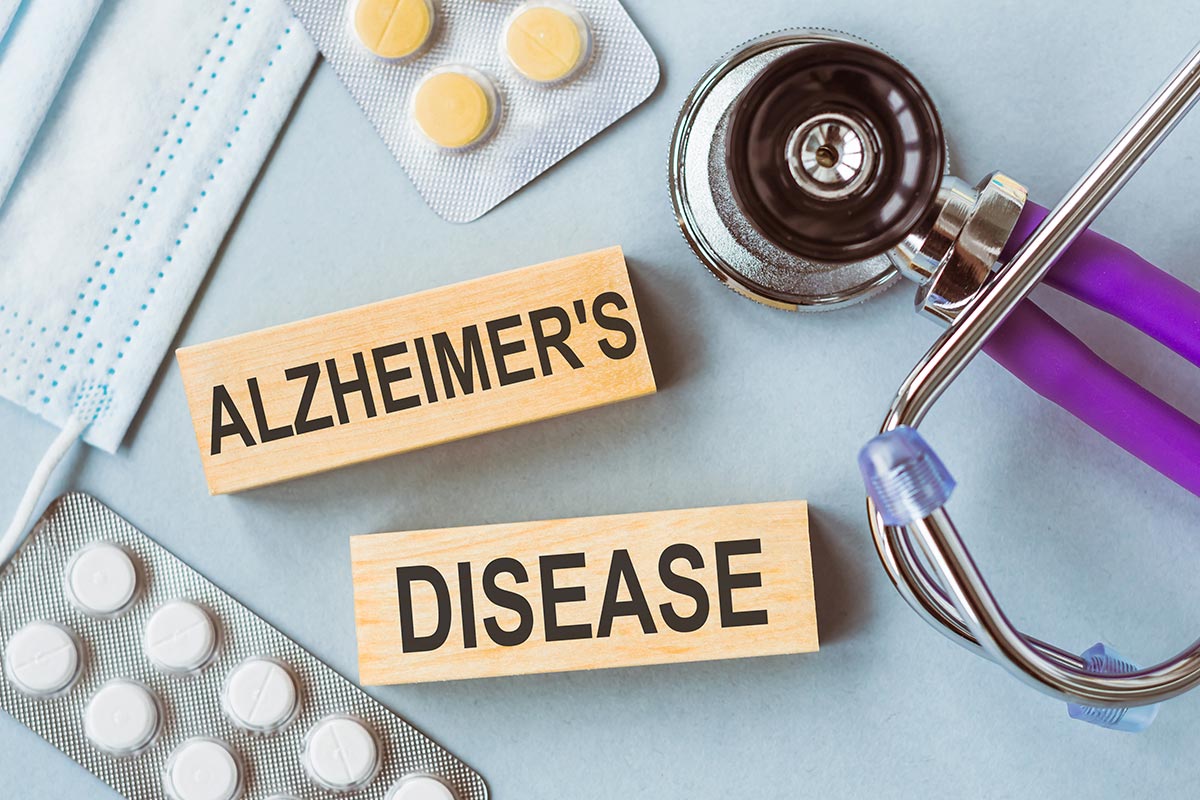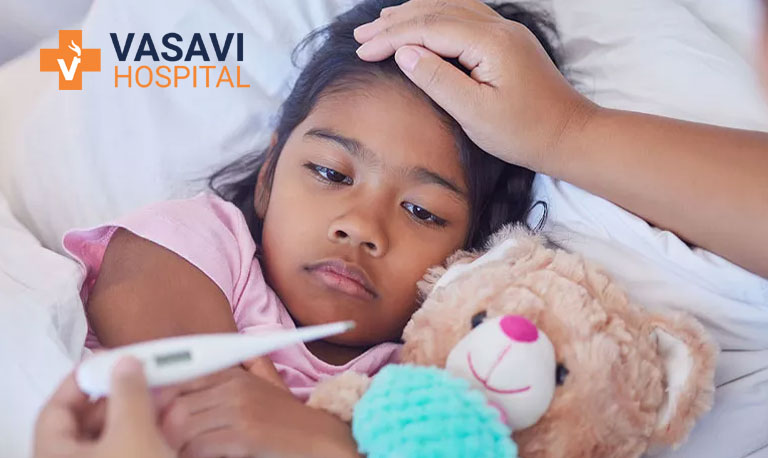
Recognize varicose veins and the ways to prevent them
Recognize varicose veins and the ways to prevent them
What are venous varicosities?
Varicose veins, to put it as simply as possible, are typically the result of erratic blood flow. In order to reoxygenate blood from scratch, the veins within the body return blood from various body regions to the heart and lungs. The diseased veins may cause blood to flow incorrectly. When it comes to legs, this is especially true. The part of the body that requires blood returning to the heart to fight against gravity is the legs. Veins become enlarged, painful, and deformed as a result. These typically arise and get worse as we get older.
Causes: Varicose veins form when the blood veins' ability to function properly is compromised because of a variety of medical conditions. One-way valves in veins prevent blood from flowing in the opposite direction, according to knowledgeable doctors. Blood starts to build up in the veins rather than enter the heart when these valves' proper functioning is compromised. Consequently, the veins grow larger. Numerous leg-related issues can be greeted by varicose veins. Blood circulation upward in the veins that are far from the heart is more difficult due to gravity. Before beginning any varicose veins treatment, deep venous insufficiency, or DVT, should be ruled out as a possible cause of the condition (stockings also contraindicated). list of the root causes of the varicose veins listed below:
Varicose veins may develop during pregnancy and menopause.
This can also have a negative impact on obese people.
Long periods of standing
People over the age of 50 may develop varicose veins.
An inheritance of varicose veins
Symptoms
Legs that are twisted and swollen feel heavy and achy.
Leg cramps and burning in the lower portion
Veins have a blue-and-black appearance.
telangiectasia with pain levitating after prolonged standing
Skin that is affected looks red, scratchy, and dry.
Risk factors: Growing older increases the likelihood of developing varicose veins. The valves continuously deteriorate as we age. These valves are in charge of controlling blood flow through veins.
A person is more likely to develop varicose veins if they were born into a family with a history of the condition.
Obesity increases the risk of varicose veins by putting additional strain on the veins. Women have a higher risk of developing varicose veins than do men. Varicose veins are less likely to develop when using hormone therapies like birth control pills. Blood volume rises during pregnancy. In the legs, this may result in swollen veins.
Home Treatments
Not to be taken lightly, varicose veins need to be treated as soon as possible. A few home remedies are recommended by experienced doctors to help with pain relief and possibly stop the progression of varicose veins. The breakdown of the recommended home remedies is as follows:
exercising frequently
Maintaining a healthy weight is essential.
Avoid wearing tight clothing and high heels.
Elevate the legs to allow blood to drain from the lower legs.
You frequently move around in space
Avoid standing for longer than 20 minutes at a time.
Other health problems brought on by varicose veins:
The symptoms that are most frequently reported and seen are throbbing pain and itching around varicose veins. In more severe circumstances, wounds may form, usually at the ankle level. A common observation is that blood clots can form and cause an inflammatory reaction.
The most effective method of treatment is compression stockings, which are very effective at reducing the symptoms of varicose veins. On the other hand, some patients may find the stockings to be excruciatingly painful. There are numerous other ways to treat varicose veins, including:
Phlebectomy: Thermodynamic vein ablation (using a laser or radiofrequency) Small veins are poked with agents during sclerotherapy in order to scar them and cause them to disappear.
Conclusion: Patients should not underestimate the seriousness of varicose veins. Any sliver of negligence will only make the varicose veins worse. Even minor daily activities can be very uncomfortable in severe cases due to these diseased veins. Consult your doctor right away and start treating this condition.



0 comments